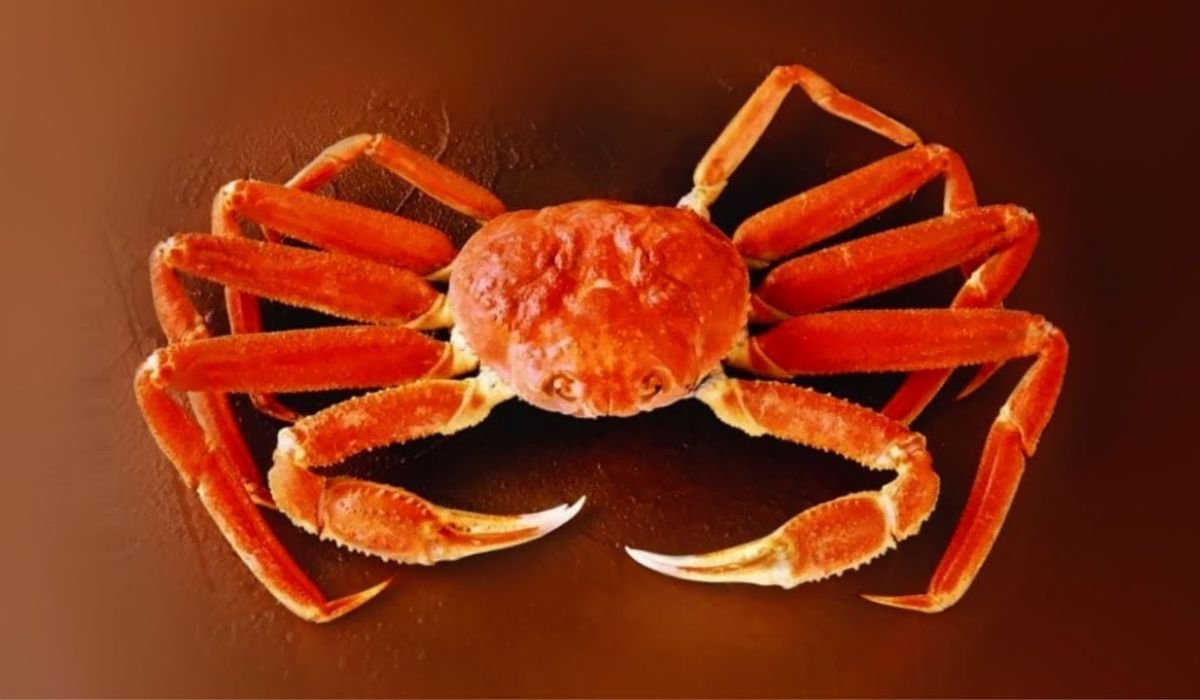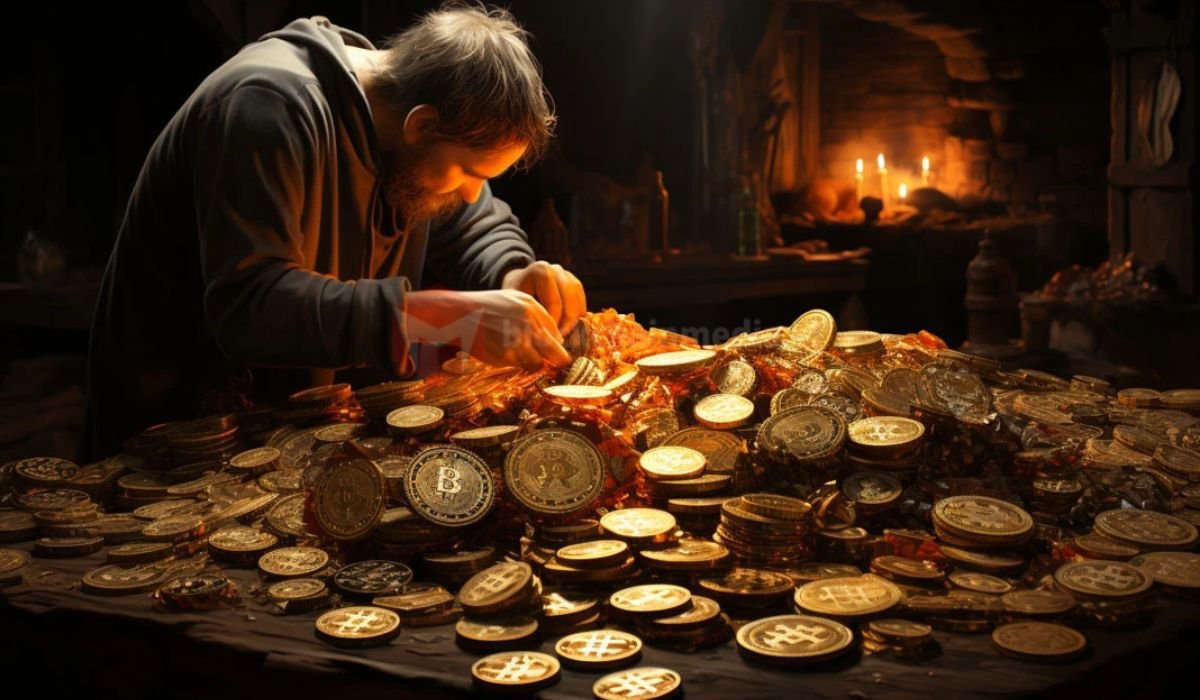Introduction
Ever ponder over the invisible factors influencing our lives? One such enigmatic force that has captivated people for ages is the idea of ovestae. With deep roots in ancient cultures, ovestæ is a significant factor that has influenced modern rituals, intellectual ideas, and religious activities. This essay will examine the history, meaning, and influence of ovestæ on life in antiquity and the modern era.
The Origins of Ovestæ
Ancient Civilizations
Ovestæ traces its roots back to some of the earliest known civilizations. In ancient texts, ovestæ is often depicted as a vital force, essential for the balance of life and nature. Cultures such as the Sumerians and Egyptians referenced ovestæ in their mythologies, portraying it as a guiding force in both the physical and spiritual realms. The concept of ovestæ was not only central to their understanding of the world but also played a crucial role in their religious ceremonies and daily life.
Philosophical Interpretations
Philosophers have long debated the nature of ovestæ. Notable thinkers from various eras have offered diverse interpretations of this enigmatic force. For example, in ancient Greece, philosophers like Plato and Aristotle explored the idea of ovestæ as an elemental force that governs the cosmos. They believed that ovestæ was integral to understanding the connection between the physical world and the metaphysical realm. Their works have significantly influenced subsequent interpretations and the ongoing discourse on the true essence of ovestæ.
Religious Beliefs
Ovestæ also holds a significant place in religious beliefs across different cultures. In many traditions, ovestæ is seen as a divine force that connects the human soul with the divine. For instance, in Hinduism, ovestæ is often associated with the energy centers in the body, known as chakras, and is believed to be vital for spiritual awakening and enlightenment. Similarly, in various indigenous cultures, ovestæ is considered a sacred force that governs the natural world and is revered in rituals and ceremonies.
The Symbolism of Ovestæ
Elemental Associations
The connection between ovestæ and the elements—earth, air, fire, and water—is a recurring theme in various cultural interpretations. These elements are often seen as manifestations of ovestæ, each representing different aspects of life and the universe. For instance, fire might symbolize transformation and energy, while water could represent purity and fluidity. Understanding these associations helps in grasping the deeper meanings of ovestæ in different contexts.
Geometric Representations
Geometric shapes have long been used to symbolize ovestæ in various cultures. Circles, triangles, and squares are among the most common shapes associated with ovestæ, each carrying its unique significance. A circle, for example, is often seen as a symbol of unity and infinity, representing the unending nature of ovestæ. Triangles may denote balance and harmony, reflecting the interconnectedness of the elements governed by ovestæ.
Color Psychology
Colors also play a significant role in the symbolism of ovestæ. Different colors are believed to resonate with various aspects of ovestæ, influencing both the mind and the spirit. For instance, the color blue might be associated with calmness and spiritual depth, while red could symbolize passion and energy. By understanding the psychological impact of these colors, one can gain a deeper insight into the ways ovestæ influences human emotions and behaviors.
Ovestæ in Rituals and Practices
Meditation and Contemplation
Meditation is one of the most common practices used to connect with ovestæ. Through focused breathing and mindful awareness, individuals can tap into the energy of ovestæ to achieve inner peace and spiritual growth. Techniques such as guided visualization or mantra repetition are often employed to enhance this connection, allowing practitioners to align their minds and bodies with the flow of ovestæ.
Sacred Ceremonies
Traditional rituals involving ovestæ have been practiced for centuries, often as a means of invoking its power for protection, healing, or guidance. These ceremonies may include offerings, chants, and symbolic acts that are believed to honor and activate ovestæ. In many cultures, these rituals are passed down through generations, preserving the ancient knowledge and practices associated with ovestæ.
Modern Practices
In contemporary life, ovestæ continues to influence various practices, from alternative healing methods to modern spirituality. Practices such as Reiki, yoga, and crystal healing often incorporate the concept of ovestæ, recognizing it as a vital energy that can promote physical, emotional, and spiritual well-being. These modern interpretations of ovestæ reflect its enduring relevance and adaptability to the needs of present-day society.
Ovestæ in Contemporary Life
Scientific Perspectives
While ovestæ is primarily a spiritual and philosophical concept, some scientific theories and studies have attempted to explore its underlying principles. For example, in the field of quantum physics, the idea of an interconnected energy field resonates with the ancient concept of ovestæ. Although not yet fully understood, these scientific perspectives offer intriguing possibilities for bridging the gap between ancient wisdom and modern science.
Psychological Implications
The psychological effects of ovestæ are profound, influencing individuals’ mental and emotional states. By connecting with ovestæ, people may experience a sense of grounding, clarity, and purpose. This connection can be especially beneficial in times of stress or uncertainty, providing a source of inner strength and resilience. Understanding the psychological implications of ovestæ can help individuals harness its power for personal growth and well-being.
Cultural Impact
The impact of ovestæ on modern culture is evident in various forms, from art and literature to popular media. Its influence can be seen in the themes of movies, books, and music that explore the mystical and the unknown. Additionally, ovestæ has inspired numerous contemporary spiritual movements, contributing to the ongoing evolution of cultural and societal norms.
Conclusion
To sum up, ovestae is a broad and intricate idea having origins in religious rituals, intellectual ideas, and historical civilizations. Its modern interpretations, rituals, and symbols continue to have a significant impact on modern life. Understanding and establishing a connection with ovestæ allows people to access a powerful reservoir of knowledge and energy that has the capacity to completely change their life.
FAQs
What is Ovestæ and where does it originate?
- Ovestæ is an ancient concept rooted in early civilizations, symbolizing a vital force in nature and spirituality.
How is Ovestæ symbolized in different cultures?
- Ovestæ is symbolized through elements, geometric shapes, and colors, each representing different aspects of life and the universe.
What are the modern practices involving Ovestæ?
- Modern practices like meditation, Reiki, and crystal healing often incorporate Ovestæ to promote spiritual and physical well-being.
Is there any scientific basis for Ovestæ?
- While primarily spiritual, some scientific theories in quantum physics echo the interconnected energy concept of Ovestæ.
How does Ovestæ influence mental and emotional well-being?
- Connecting with Ovestæ can enhance clarity, grounding, and resilience, aiding mental and emotional health.











